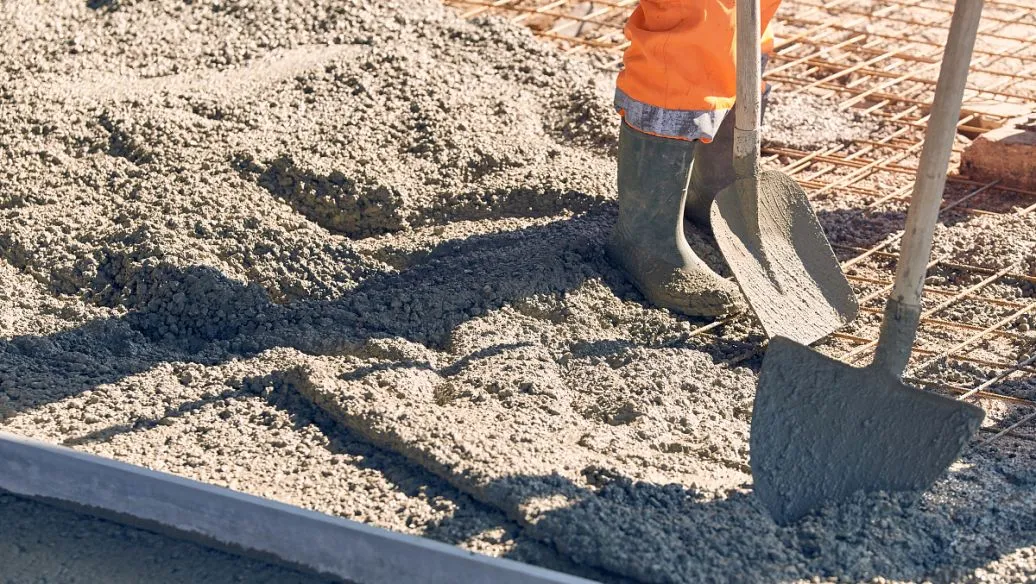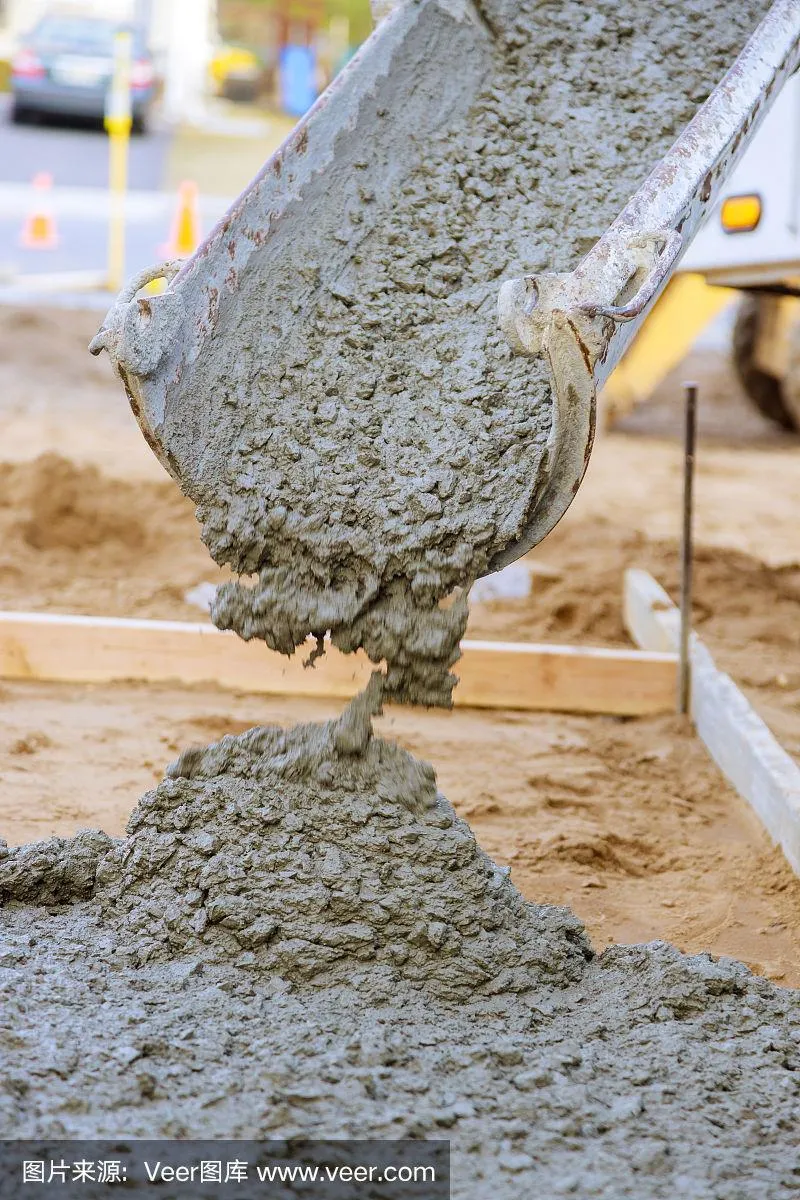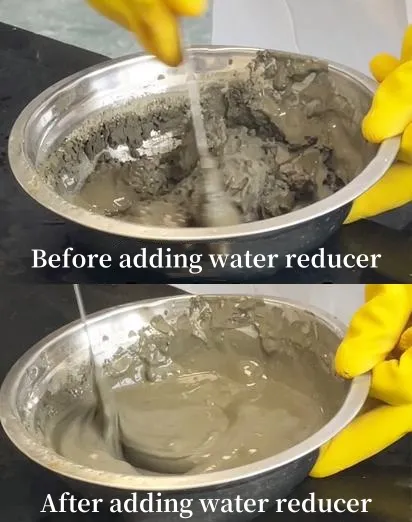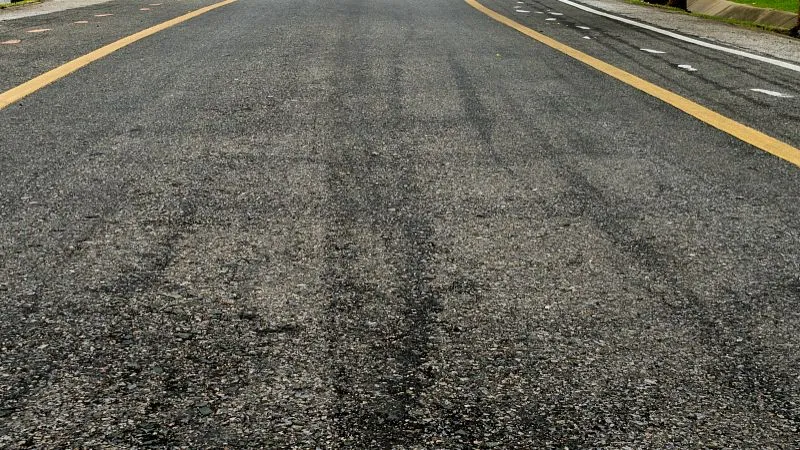
Enhancing Concrete with Water Reducing Admixtures
Concrete is one of the most widely used building materials in the world, with applications ranging from roads and buildings to bridges and tunnels. One of the key innovations that has improved the performance of concrete over the years is the introduction of water reducing admixtures. These special additives help improve the quality and durability of concrete, making it more versatile and efficient. In this article, we will delve into the various water reducing admixture types, explore the benefits of polycarboxylate water reducer and polycarboxylate concrete admixture, and examine the role of concrete water reducer admixture in modern construction. We will also discuss the significance of water reducing admixtures in concrete.

Water Reducing Admixture Types
There are several water reducing admixture types available in the market today. These types are tailored to meet specific performance requirements in concrete, depending on the project’s needs. Generally, water reducing admixtures are classified into three categories: normal-range water reducers, mid-range water reducers, and high-range water reducers (also known as superplasticizers).
1、Normal-range water reducers are commonly used in applications that require a moderate reduction in water content and an improvement in workability.
2、Mid-range water reducers offer greater workability and are suitable for projects requiring higher performance than normal-range water reducers, without the need for extreme reductions in water.
3、High-range water reducers, also referred to as superplasticizers, are used when a substantial reduction in water content is necessary, providing maximum workability and fluidity for applications that require extremely high-performance concrete.
Each of these water reducing admixture types plays a critical role in improving the mix, enhancing strength, and reducing the environmental footprint of concrete by decreasing water consumption without compromising on performance. By choosing the appropriate water reducing admixture type, contractors and engineers can tailor concrete mixes for specific construction requirements, ensuring a perfect balance of workability, strength, and durability.

Water Reducing Admixture
A water reducing admixture is a chemical compound that is added to concrete to reduce the amount of water required in the mix while maintaining the same workability. This reduction in water can lead to a more durable and stronger concrete structure. By improving the mix’s flowability, water reducing admixture helps in reducing the likelihood of cracks and other issues that can arise from excess water in the mix.
The primary benefit of water reducing admixture is that it increases the strength of concrete by lowering its water-to-cement ratio. Additionally, water reducing admixture can enhance the concrete’s durability, making it more resistant to environmental stresses, such as freeze-thaw cycles, chemical attacks, and abrasion. Concrete with a reduced water content is also less prone to shrinkage, leading to a more stable and long-lasting structure.
Furthermore, water reducing admixture is highly beneficial in large-scale construction projects where it is necessary to meet strict deadlines and improve the quality of the work while ensuring that there are no delays due to the mix’s consistency.

Polycarboxylate Water Reducer
A polycarboxylate water reducer is a specialized type of water reducing admixture that offers excellent performance in reducing the water content in concrete without compromising its strength or durability. Polycarboxylate water reducers are known for their superior efficiency in reducing water content, offering a much higher reduction than traditional water reducers.
This product works by dispersing the particles in concrete, reducing the viscosity and improving the overall fluidity of the mix. With the ability to reduce water content by as much as 25%, polycarboxylate water reducers allow for the production of concrete with improved strength and durability, even in high-strength concrete applications.
Polycarboxylate water reducer is particularly beneficial when used in concrete that must meet specific requirements for high workability and flowability, such as in precast concrete, high-rise buildings, and bridges. It provides exceptional ease of handling and reduces the need for excessive compaction, improving the overall efficiency of the construction process.

Polycarboxylate Concrete Admixture
The term polycarboxylate concrete admixture refers to a more comprehensive form of polycarboxylate water reducer that is designed for use in concrete mixes. Polycarboxylate concrete admixtures offer advanced performance in terms of reducing water content and improving the workability and durability of concrete. These admixtures allow for substantial reductions in water content, contributing to higher compressive strength and increased resistance to cracking.
The polycarboxylate concrete admixture works by dispersing the cement particles in the mix and improving the flowability, enabling better consistency and fewer defects in the hardened concrete. This is particularly useful in complex or high-performance concrete applications, where maintaining specific mechanical properties is vital.
In addition to reducing water, polycarboxylate concrete admixture also contributes to the concrete’s resistance to freeze-thaw damage, chemical corrosion, and wear, thus prolonging the life of the concrete structure. Due to its superior performance, it is widely used in high-strength, high-performance concrete applications in demanding environments.

Concrete Water Reducer Admixture
A concrete water reducer admixture is a product used in concrete to enhance its strength by reducing the amount of water required in the mix. These concrete water reducer admixtures play an important role in ensuring that the concrete mix has the optimal water-to-cement ratio for improved mechanical properties such as compression, flexural strength, and resistance to shrinkage.
The concrete water reducer admixture works by breaking up the cement particles and allowing for a more fluid mix that is easier to place and finish. This results in smoother, more consistent concrete and reduces the chance of issues like cracking or honeycombing, which can arise from excessive water content.
In modern construction, the use of concrete water reducer admixture has become a standard practice, particularly in projects where durability and long-term performance are crucial. Whether for residential buildings, highways, or large infrastructure projects, concrete water reducer admixture ensures high-quality results by improving the concrete’s workability and structural integrity.

Water Reducing Admixtures in Concrete
Water reducing admixtures in concrete are essential to improving the overall performance of the mix. These admixtures reduce the amount of water required to achieve the desired workability and strength. As a result, water reducing admixtures in concrete help improve the density, durability, and strength of the material, making it suitable for a wide range of applications.
When water reducing admixtures in concrete are used, they help maintain the right water-to-cement ratio, which is crucial for producing concrete that is strong and resistant to cracking. By reducing water content, water reducing admixtures in concrete allow for better hydration of the cement particles, improving the concrete’s ability to resist wear, freeze-thaw damage, and chemical corrosion.
These admixtures are especially beneficial in the production of high-strength and high-performance concrete. In applications where low permeability and resistance to harsh weather conditions are critical, water reducing admixtures in concrete provide an essential enhancement, ensuring the long-term durability of the structure.
Water Reducing Admixture FAQs
What is the main benefit of using water reducing admixture in concrete?
The main benefit of using a water reducing admixture is the reduction of water content in the concrete mix, which leads to enhanced strength, durability, and workability.
What are the different water reducing admixture types available?
There are three main types of water reducing admixtures: normal-range, mid-range, and high-range (superplasticizers). Each type is designed for specific applications and performance requirements.
How does polycarboxylate water reducer improve concrete performance?
A polycarboxylate water reducer improves concrete performance by significantly reducing water content, increasing workability, and enhancing strength and durability.
Can polycarboxylate concrete admixture be used in high-strength concrete?
Yes, polycarboxylate concrete admixture is ideal for use in high-strength concrete, as it helps achieve a low water-to-cement ratio, resulting in stronger, more durable concrete.
What role do concrete water reducer admixtures play in construction?
Concrete water reducer admixtures improve the strength, durability, and workability of concrete by reducing the amount of water needed in the mix, ensuring higher performance in construction.
का उपयोग water reducing admixtures has revolutionized the way concrete is produced, making it more durable, stronger, and easier to work with. From polycarboxylate water reducers to concrete water reducer admixtures, these products play a critical role in modern construction, providing higher quality materials and longer-lasting results. Whether you are building a residential structure or a large-scale infrastructure project, incorporating the right water reducing admixture types can make all the difference in the performance and longevity of your concrete.
-
Hydroxypropyl Starch as a Sustainable Construction AdditiveNewsNov.24,2025
-
The Gelation Properties of CMCNewsNov.21,2025
-
Redispersible Latex Powder and Water Retention CapacityNewsNov.21,2025
-
Dosage Control for Polycarboxylate Water ReducerNewsNov.21,2025
-
Film-Forming Properties of Polyvinyl AlcoholNewsNov.21,2025
-
The Function of Gypsum Additives in MortarNewsNov.21,2025





















